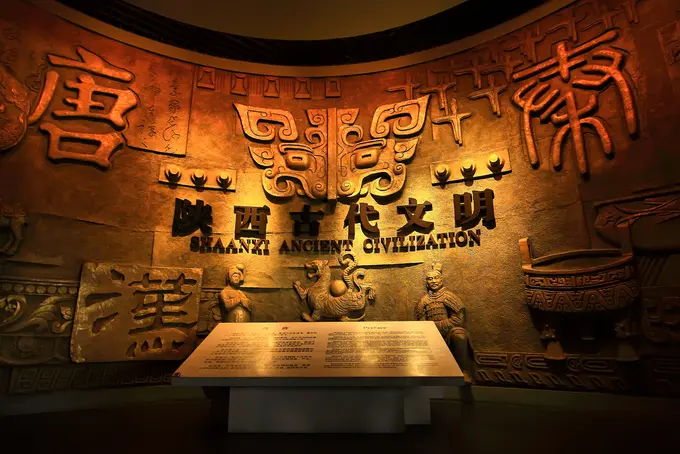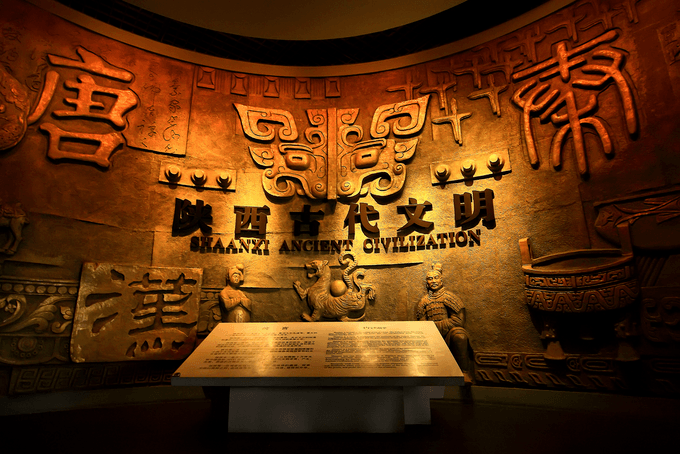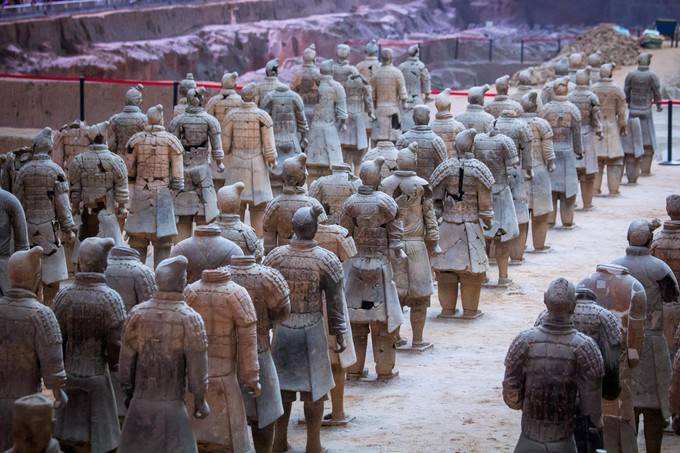This place, along with the Forbidden City and Nanjing Museum, is one of the three major museums in the country. In short, when you come to Xi'an, this is undoubtedly a must-visit place to understand the history and culture of the ancient capital of thirteen dynasties. The Shaanxi History Museum is very large, and it takes quite a long time to see everything in detail.
The Museum of the First Qin Emperor
The Museum of the Terracotta Warriors and Horses of Qin Shihuang is divided into two main parts: the Terracotta Warriors Museum and the Mausoleum of the First Qin Emperor. After visiting the Terracotta Warriors, you can take a free shuttle bus to continue your visit to the Mausoleum of the First Qin Emperor.
The earliest established stele forest museum in Shaanxi, it is a unique art museum that integrates the collection, display, and research of Chinese steles, epitaphs, and stone carvings from various dynasties.
The Banpo Site is possibly the oldest human activity relic in Xi'an, dating back to the Neolithic Yangshao culture 6000 years ago. In addition to constructing an exhibition hall for cultural relics, the Banpo Museum has also built a 3000-square-meter residential area protection hall on the original site. The houses, cellars, stove pits, collective cemeteries with separate burials for men and women, and various production and living utensils in the Banpo Village site vividly showcase the production and life of the ancestors who lived in a matriarchal clan society during its flourishing period over 6000 years ago.
Hanyangling is the tomb of Emperor Jing of Han, Liu Qi, who initiated the 'Rule of Wen and Jing', and his empress Wang. In addition to holding cultural relic exhibitions like ordinary museums, the most striking feature is the underground museum. Visitors must wear shoe covers to enter the museum, where the atmosphere is eerie. Walking on the glass corridor, the real excavation site of the tomb is beneath and around you.













